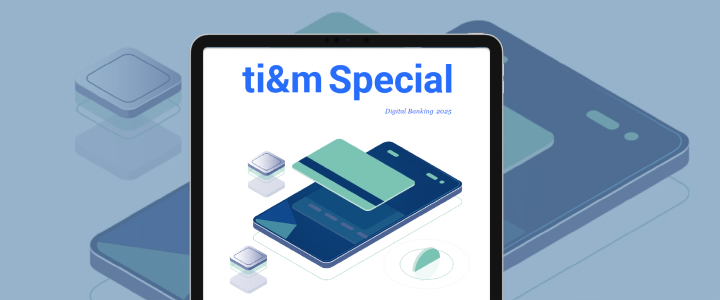To facilitate this transition companies had to start with “Why?” and re-define their values first. In 2001 the publishing of Agile Manifesto laid the cornerstone on this path, defining human interactions, close collaboration with the clients, responsiveness to change and delivering ready product as the foundation of a future-proof enterprise. Agile Manifesto has evolved companies’ ways of working, promoting a more iterative and product-oriented approach. The new agile ways of working have leveraged three dimensions to deliver customer value:
- People – including agile mindset and organizational culture, agile roles, and skillsets.
- Processes – agile frameworks and operating processes, especially the work in cross-functional teams (often including the clients) with the preference for direct interaction.
- Technology – agile collaboration tools for business and IT.
Over the past twenty years many companies have tried to embed agile in their DNA. Although we typically hear about the agile success stories, such as Spotify, Lego, or Amazon, many have been unable to move beyond the early steps in their agile transformation which typically encompass setting up first agile teams and / or delivering first projects with the agile methodology. Basing on the feedback from industries such as banking, insurance, transport, retail, and the public sector, we’ve identified several common mistakes which prevent the successful implementation of the agile methodology.
Firstly, many companies frequently view their agile transformation solely from the perspective of the “processes” dimension. They believe that adopting the preferred agile framework (most often SCRUM or SAFe) is enough to become truly agile, underestimating the impact of the agile mindset and company culture. This results in following the formal agile processes but treating agility like a “tick the box” exercise not embraced by the company employees on the level of their values. Missing agile mindset also negatively impacts the set-up of the agile organizational structure, which may be designed in line with agile frameworks, but gets filled through a simple “drag and drop” of old resources into new roles, especially on the executive and middle management level. Consequently, servant leadership roles in the new organization are filled with individuals who are incapable of internalizing agile values, act hierarchical and thus, reinstate the old, non-agile company culture hindering the agile disruption. The outcome is a theoretically agile organization which behaves in a hierarchical, bureaucratic way.
Secondly, companies often act too ambitious or not ambitious enough while choosing their target agile framework. Some decide to big-bang scaled agile frameworks such as SAFe across their organizations, although they’ve never worked in an agile way before, leading to an organizational change which is too large to succeed. Others see simple frameworks like Kanban as their target solution, which results in coordination problems between teams and provides no solution how to implement agility on the portfolio level.
Lastly, establishing agile ways of working, both on the business and IT side, won’t work unless the organization is provided with the right collaboration tools. Endless email chains, storing documents on one’s own desktop, sharing only ready results rather than work in progress documents: All these may seem like minor problems, but cumulated they can become a real showstopper for agile ways of working. Unless there has been a top-down analysis of the collaboration needs of the organization and a selection of the preferred collaboration tool(s), establishing and scaling agile processes won’t be smooth.
Knowing the above challenges, what can organizations do to succeed in their agile journey? Here’s our quick guide to successfully becoming agile:
- Start with “Why?” – understand business problems which you want to solve by becoming agile. When objectives of the agile transformation are clear, the selection of the right agile framework is simple.
- Transform people, processes, and technology – implementing agile methodology in a holistic way will help you establish a truly agile organization. Having the right people thinking and acting in an agile way on every level of the organization is the ultimate goal. Agile processes and collaboration tools are the key enablers for this.
- Change manage the agile transformation – from the beginning until the transition to business as usual, ensure that people, processes and technology are evolved in the right way. Firstly, provide agile onboarding for the leadership to develop a common understanding of what agile means and define the “Why?” for the agile transformation. Secondly, transform the leadership into agile role models through coaching. Subsequently, transform the rest of the organization in waves. Provide onboarding on agile values and processes, then train the organization on the usage of agile collaboration tools. Once the agile basics have been established, transition to the new organization structure and help to set up agile teams. Coach agile teams until they’ve fully internalized agile ways of working, providing additional coaching for the organization’s servant leaders.
- Collect lessons learned and use them to iteratively mature the new agile organization.
Although the guide may seem relatively simple, how it can be implemented strongly depends on the context of one’s organization including its strengths, weaknesses, and the company culture. The most important is to continue the agile journey, even if initially it might not have been a success, and to stepwise evolve towards more advanced levels of agile maturity.
You want to learn more about the successful introduction of agility? At the ti&m breakout session "Quick Guide to Successfully Becoming Agile" on May 11, we will explain how to successfully evolve towards an agile organization.



